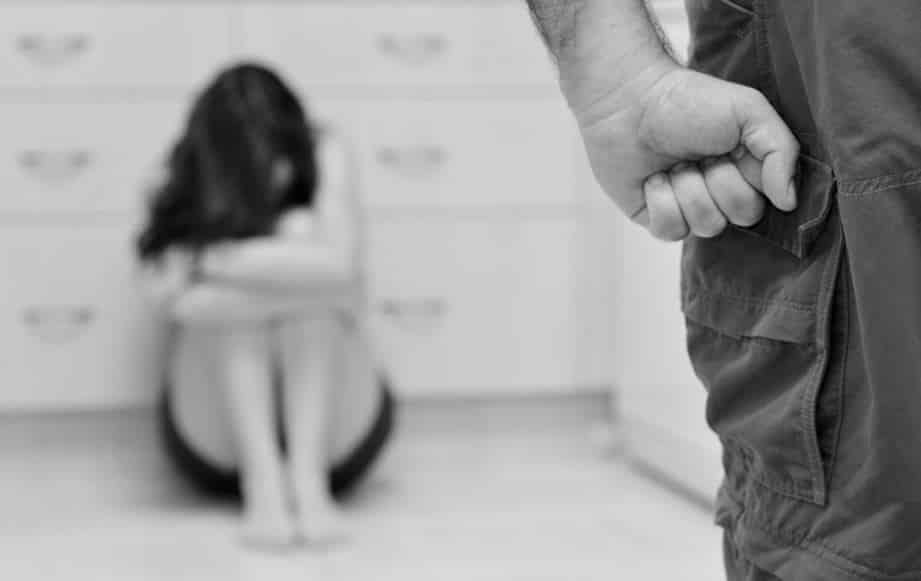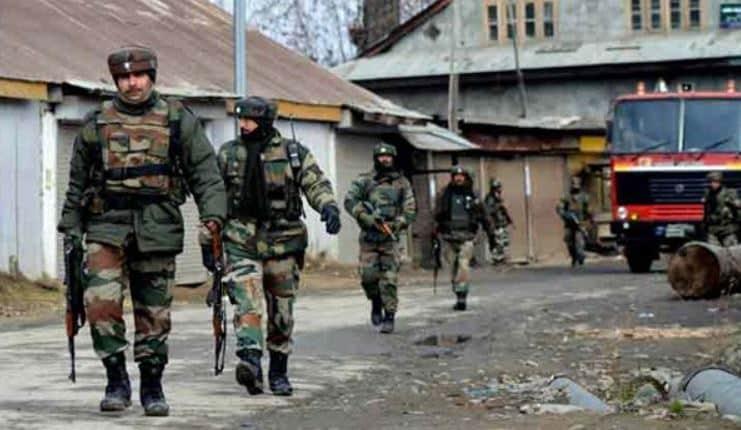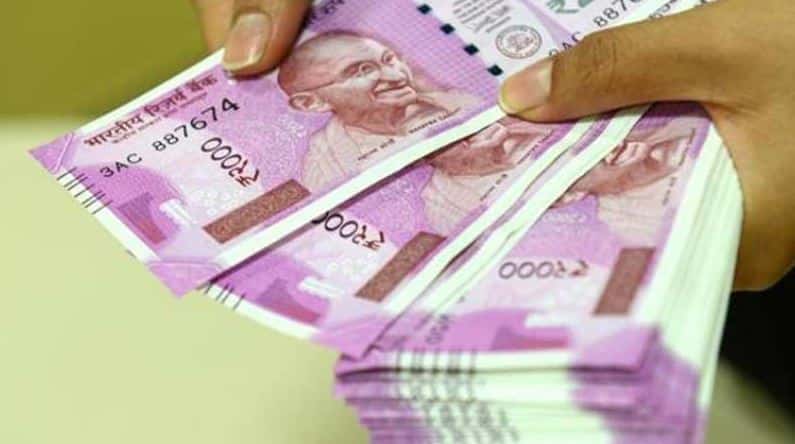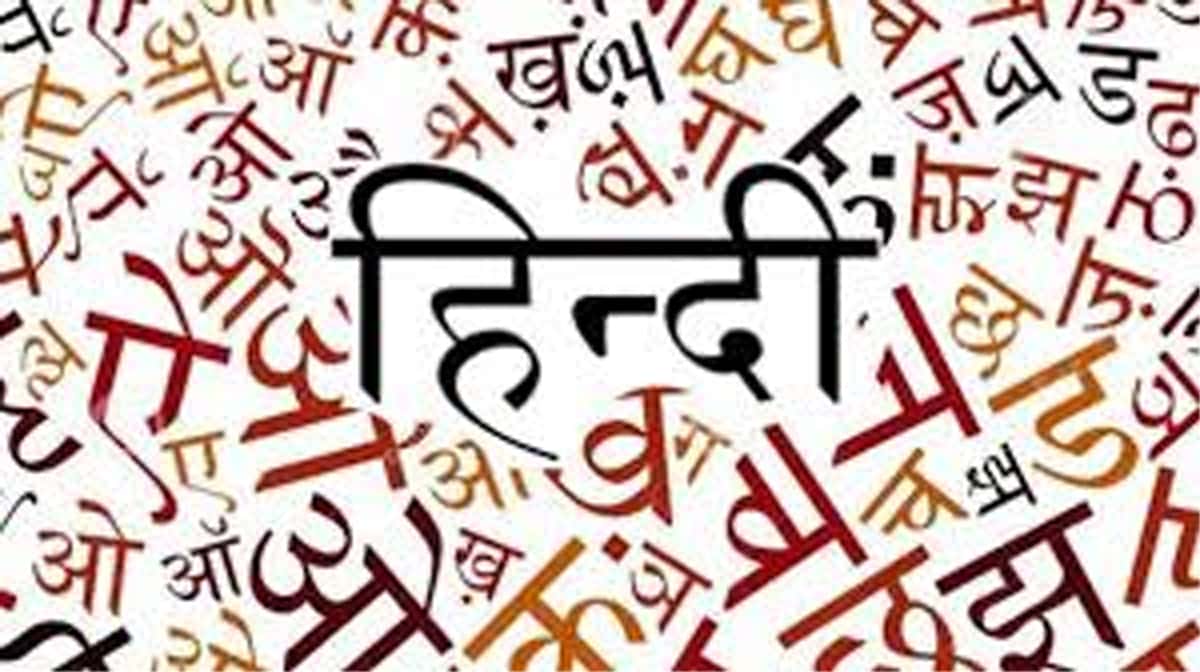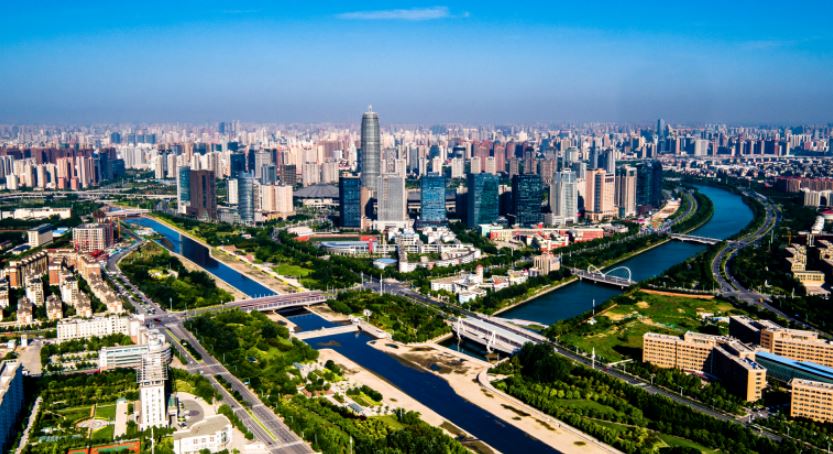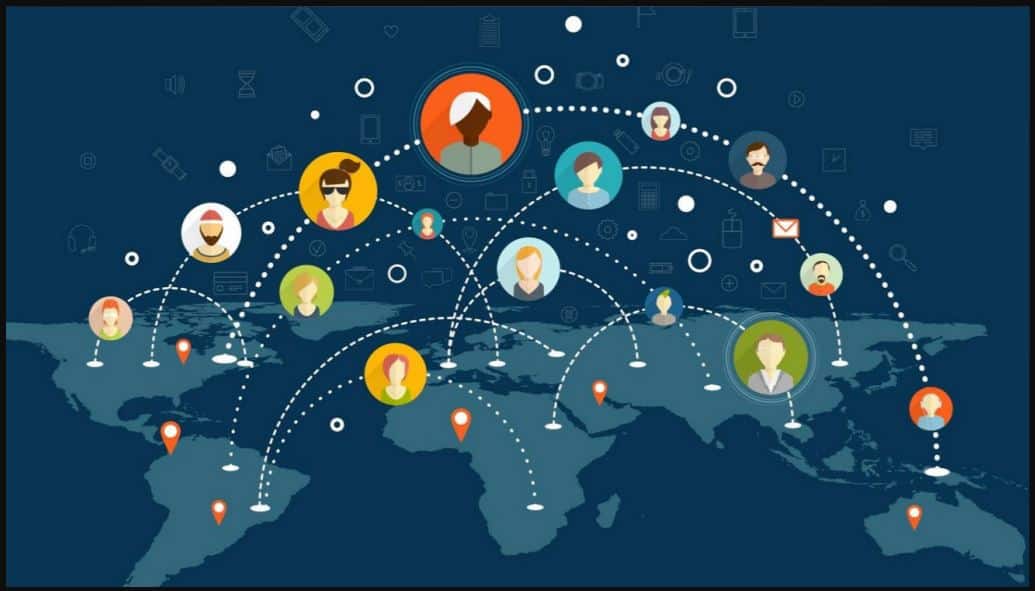Table of Contents
POCSO Act | Child Sextual Abuse in India| UPSC – IAS
India has one of the largest population of children in the world – Census data from 2011 shows that India has a population of 472 million children below the age of eighteen, of which 225 million are girls.
In order to effectively address the heinous crimes of sexual abuse and sexual exploitation of children through less ambiguous and more stringent legal provisions, the Ministry of Women and Child Development championed the introduction of the Protection of Children from Sexual Offences (POCSO) Act, 2012.
Salient features of Pocso Act | UPSC – IAS
- The Act defines a child as any person below eighteen years of age, and regards the best interests and well-being of the child as being of paramount importance at every stage, to ensure the healthy physical, emotional, intellectual and social development of the child.
- It defines different forms of sexual abuse, including penetrative and non-penetrative assault, as well as sexual harassment and pornography, and deems a sexual assault to be “aggravated” under certain circumstances, such as when the abused child is mentally ill or when the abuse is committed by a person in a position of trust or authority vis-à-vis the child, like a family member, police officer, teacher, or doctor.
- People who traffic children for sexual purposes are also punishable under the provisions relating to abetment in the Act. The Act prescribes stringent punishment graded as per the gravity of the offence, with a maximum term of rigorous imprisonment for life, and fine.
More about POCSO Act | UPSC – IAS
- India being a party to the ‘UN Convention on the Rights of the Child’ is also under legal obligation to protect its children from all forms of sexual exploitation and sexual abuse.
- The act defines a child, (irrespective of gender) as a person under the age of 18 years, which prevents the “inducement or coercion of a child to engage in any unlawful sexual activity”.
- It mandates the Central and State governments to take all measures to ensure publicity to the provisions of the Act and obliges government officials to be trained in how to implement the Act.
- It also seeks to establish Special Courts for speedy trial of such offences. The Act stipulates that a case of Child Sexual Abuse must be disposed of within one year from the date the offence is reported.
- It is gender neutral law, wherein the law takes cognizance of sexual crimes committed against both girls and boys under the age of 18 years.
- The law protects children from both contact and non-contact sexual abuse.
- It addresses a wide range of sexual offences which include anything from complete and partial penetration, non-penetrative sexual assault, stalking of a child, showing children pornography, using the child for pornography and exhibitionism.
- It places the burden of proof on the accused and ensures punishment for all perpetrators irrespective of age and gender.
- It does not recognize consensual sexual acts among children or between a child and an adult. Prosecutes any person (including a child) for engaging in a sexual act with a child irrespective of whether the latter consented to it.
- It introduces child friendly measures and defines the role of the police as a child protector and pronounces the importance of mandatory reporting of sexual offences.
Definition of child under different acts in India
- POCSO Act: Less than 18
- Child Labour (Prohibition and Regulation) Act, 1986: Less than 14
- The Juvenile Justice (Care and Protection of Children) Act 2015: Less than 16
- Factories Act, 1948: Less than 15
Demand for reduction in the age under POCSO Act | UPSC – IAS
- Considering the innovation in digital technology, the children are exposed to so much of information that they get matured much earlier and thus are in a position to give consent for any relationship even at the age of 16.
- Many of the cases of sexual assault reported to the police (under the POCSO Act and other laws) dealing with the 16-18 years-old children are consensual in nature and are generally reported at the behest of girl’s parents who disapprove of the teenagers’ conduct.
- It will also reduce significant number of criminal cases pending in various courts, where the provisions of the Act are grossly misused as even when a girl in the intermediate age of 16-18 gives consent, it is treated as invalid in view of the provisions of the POCSO Act.
- Where two minors engage in a consensual sexual relationship, in a paradox, they stand both as victims and perpetrators vis-à-vis each other, although ground-level reality results in boys being overwhelmingly treated as perpetrators and girls as victims.
- Read together with the Juvenile Justice (Care and Protection of Children) Act, 2015, which allows the trial of 16 and 17-year-old children as adults in respect of heinous offences, a child above 16 years can now be prosecuted and punished for engaging in consensual sex with a minor and be punished for a minimum 10 years in jail, which can extend to life imprisonment.
- The act mandates doctors to reveal the identities of their patients who are under the age of 18. This deters the patients under 18 years with accidental pregnancies and infections to approach doctors.
Conclusion | UPSC – IAS
- POCSO privileges age to define to a child, wherein consent of a child is not a defence to sexual assault. Though the court directive to lower the age has been lauded. Any such amendment should not be done in haste.
- Given challenges of the age determination process, the age of consent should not be the only factor in determining sexual assault
- Apart from suggesting that the age of consent for sex be lowered, the Madras High Court also said that there was a need to look at why violent and heinous sexual crimes against children and women were on the rise.
- It called on government to set up a high level committee comprising people like a social auditor, psychologist, social scientist etc., to investigate the reasons behind these serious crimes.

